‘Doomsday Glacier’ is Melting Fast: This is How Rising Sea Levels Could Cover the World
A recent study conducted by scientists has confirmed that Antarctica’s Thwaites Glacier continues to melt vigorously. For the first time, researchers have been able to prove that warm seawater is pumping beneath the enormous glacier, accelerating its erosion.
If the “Doomsday Glacier” continues to melt at an unprecedented rate, it could lead to a dramatic rise in sea levels. This, in turn, could have severe consequences for the world and displace millions of people living in coastal areas, such as Florida.
The Acceleration of Climate Change
Scientists are becoming increasingly worried about the effects of climate change. According to leading researchers, rising sea levels, excessive temperatures, and, of course, melting glaciers are consequences of our acceleration of climate change.

Source: Chris Boese/Unsplash
However, for many of us living in cities and inland regions, the melting glaciers are one we seldom experience. But, according to scientists, many of the thick masses of ice that are found close to the poles of the Earth, such as the Thwaites Glacier, are melting rapidly, and our planet may soon have to face the consequences of such an event.
What is the Thwaites Glacier?
The Thwaites Glacier is located about 50 miles east of Mount Murphy on the north coast of West Antarctica. It is approximately 80 miles across, making it the widest known glacier on Earth.

Source: Wikimedia
The enormous glacier is around 74,000 mi² or 192,000 km2, making it larger than the US State of Florida, which covers roughly 170,000 km2. At best estimates, researchers have suggested that it is around 1000 meters deep.
Why is it Called the Doomsday Glacier?
The Thwaites Glacier is often referred to as the “Doomsday Glacier,” as it has the potential to dramatically raise sea levels by as much as 10 feet worldwide, according to USA Today.
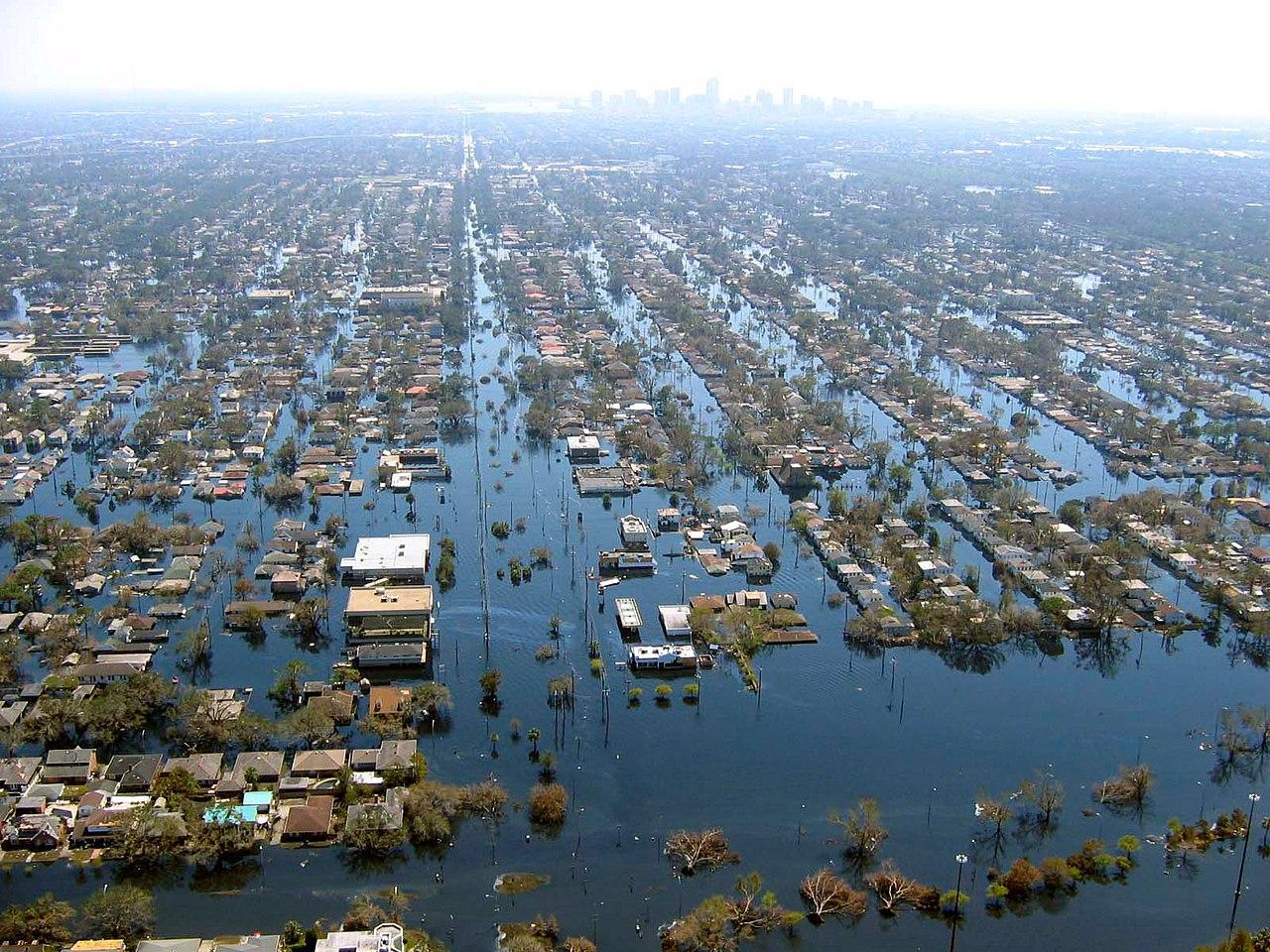
Source: Freepik
Should it continue to melt at its current rate, it will have unimaginable consequences for various seaside communities living in low-lying coastal regions and could displace millions of people around the world.
New Study Sheds Light on Dangers Associated With Doomsday Glacier
The potential dangers of the accelerated melting of the Doomsday Glacier were outlined in a new study published recently in the Proceedings of the National Academy of Sciences.

Source: Wikimedia
The study, “Widespread sea water intrusions beneath the grounded ice of Thwaites Glacier, West Antarctica,” has shed light on a recent discovery: warm seawater is collecting around the base of the enormous glacier and accelerating the rate of erosion much faster than initially thought.
How Is Sea Water Eroding the Glacier
The Thwaites Glacier is subject to several powerful tidal forces, which bounce it up and down each day. This allows a significant amount of warm seawater to find its way beneath the thick mass of ice.
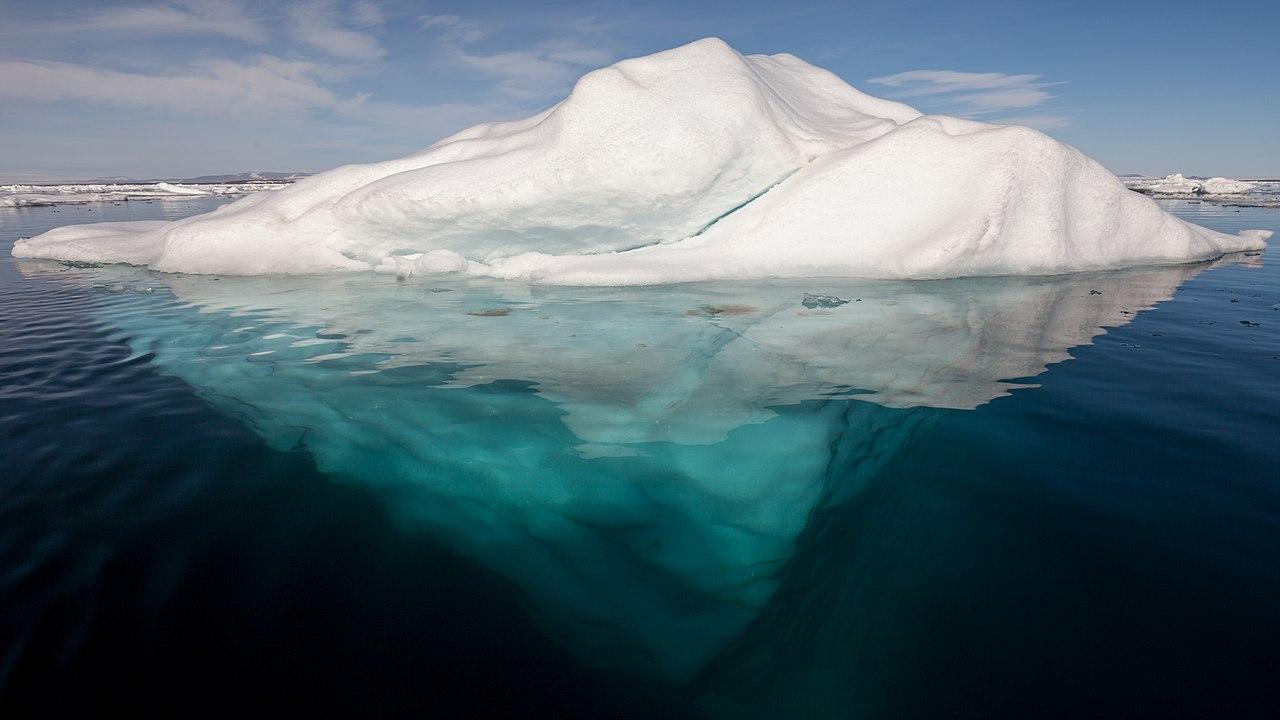
Source: Wikimedia
As the warmer water continues to seep beneath the Doomsday Glacier, it further weakens the seafloor ridge holding it in place. According to the study, at the current rate of erosion, it may only take a decade before the glacier drops to the deeper portion of the basin, further increasing the rate of deterioration.
Disaster for Communities Around the World, Says Study Author
Speaking on the glacier and the accelerated erosion, study co-author Christine Dow of the University of Waterloo in Ontario said, “Thwaites is the most unstable place in the Antarctic and contains the equivalent of 60 centimeters (2 feet) of sea-level rise.”
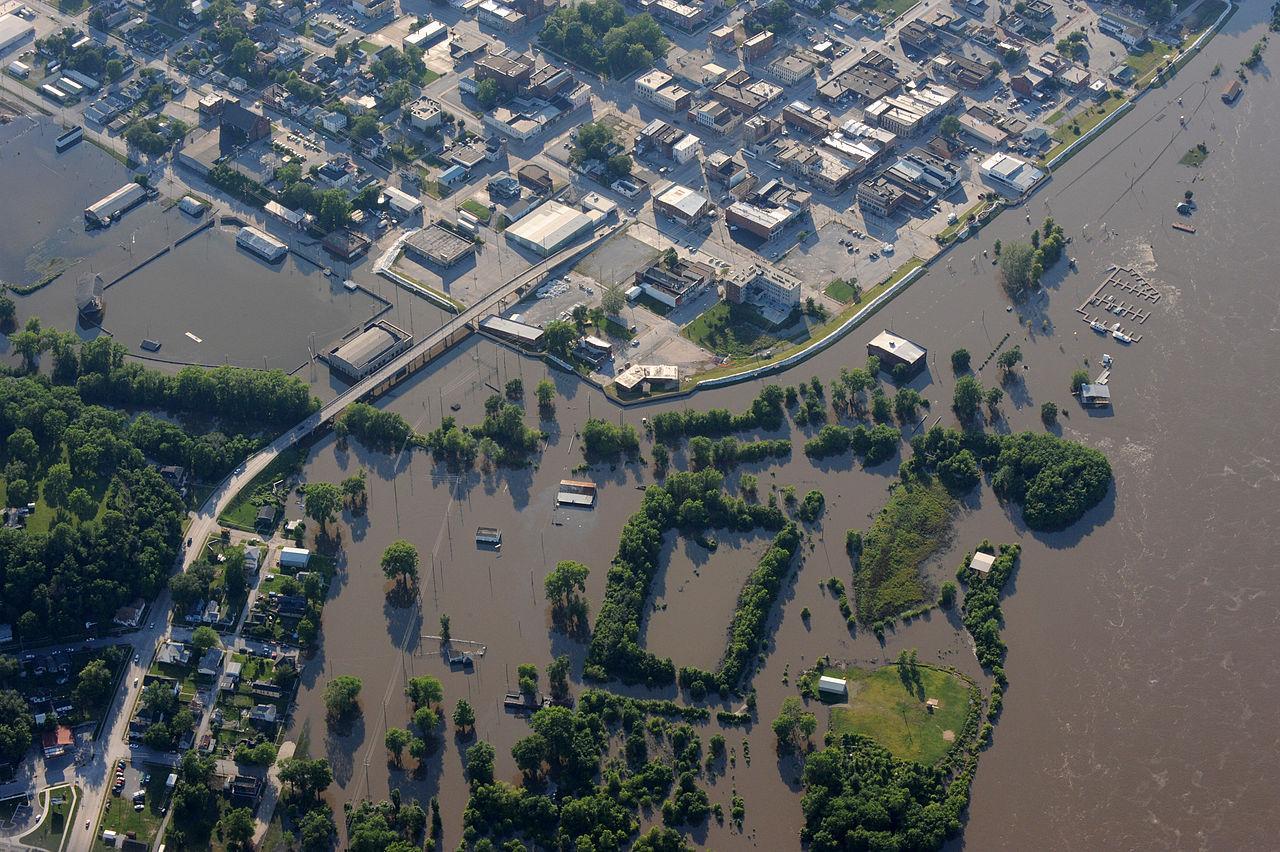
Source: Wikimedia
“The worry is that we are underestimating the speed that the glacier is changing, which would be devastating for coastal communities around the world.”
Conducting the Analysis
The study’s team of researchers used high-resolution satellite radar data to find evidence of warm water seeping beneath the glacier.

Source: Freepik
They identified high-pressure seawater deep beneath the bottom of the Doomsday Glacier, ultimately concluding that this would hasten the erosion of the Thwaites Glacier and bring with it numerous consequences.
The Glacier Will Fall Apart as Oceans Warm
Speaking with USA Today, the lead author of the study Eric Rignot of the University of California, Irvine, explained that during their investigations, they quickly realized a lot more seawater was flowing under the glacier than they initially thought.
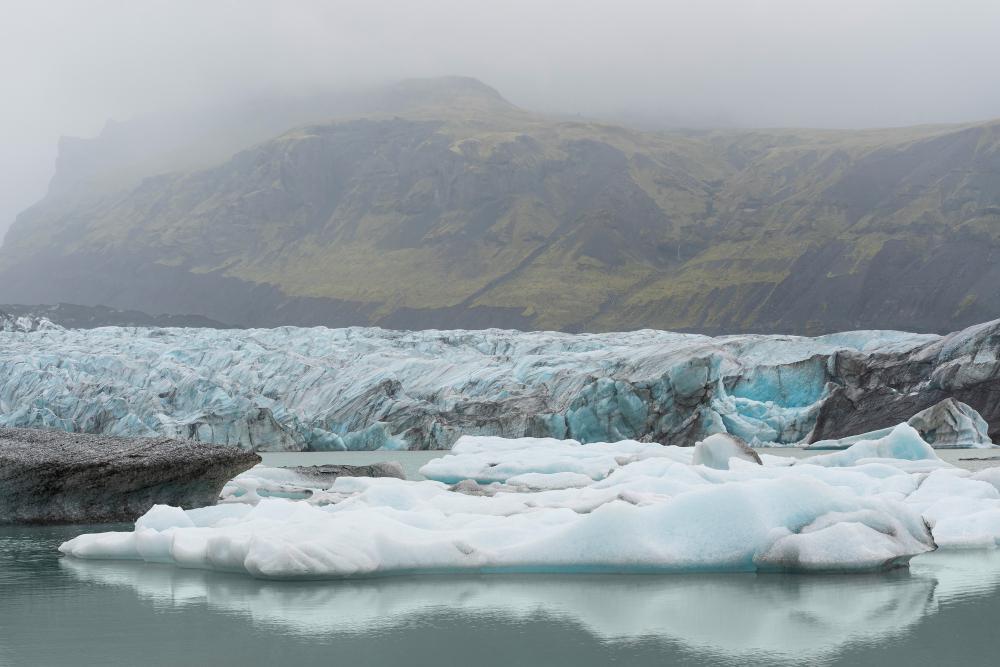
Source: Freepik
These “intrusions make the glacier more sensitive to ocean warming and more likely to fall apart as the ocean gets warmer,” he said.
What Will Happen if the Doomsday Glacier Continues to Melt?
Scientists’ concerns have intensified following Rignot and his team’s findings. Should the Doomsday Glacier melt, it could raise the world’s oceans by as much as two feet. However, this is not the worst problem.
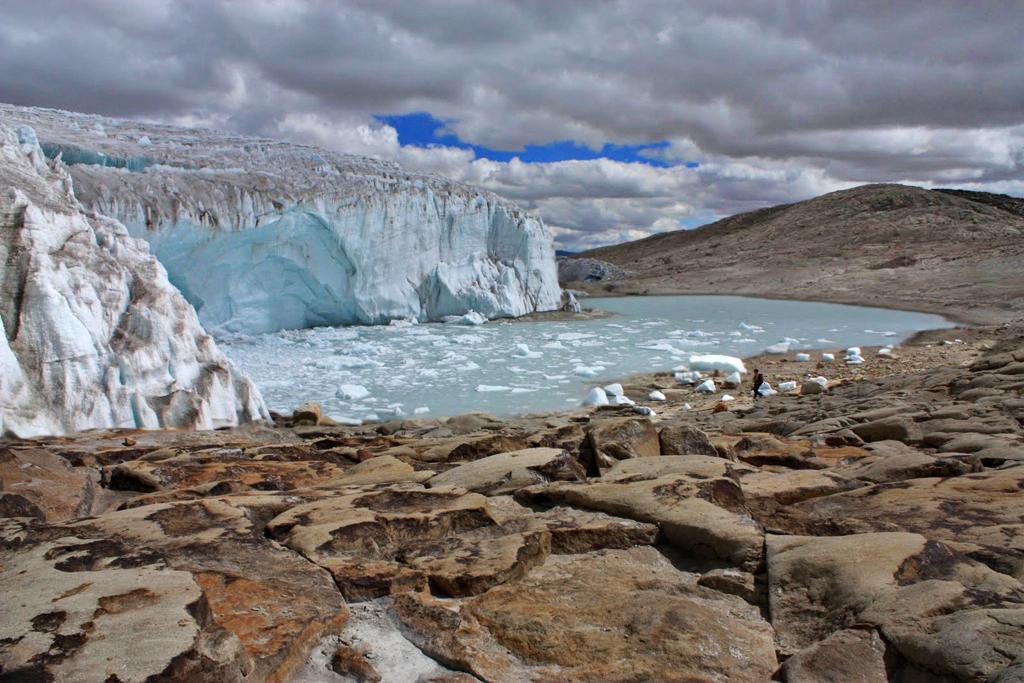
Source: Wikimedia
The Thwaites serve as a natural dam to other ice sheets in the western portion of Antarctica. Should Thwaites disappear, this ice would also begin to melt, which could raise the world’s oceans by a staggering 10 feet.
Coastal Cities Could End up Beneath Water
In the worst-case scenario, should Thwaites and the surrounding ice melt and flow into the world’s oceans, numerous coastal cities could be plunged underwater.
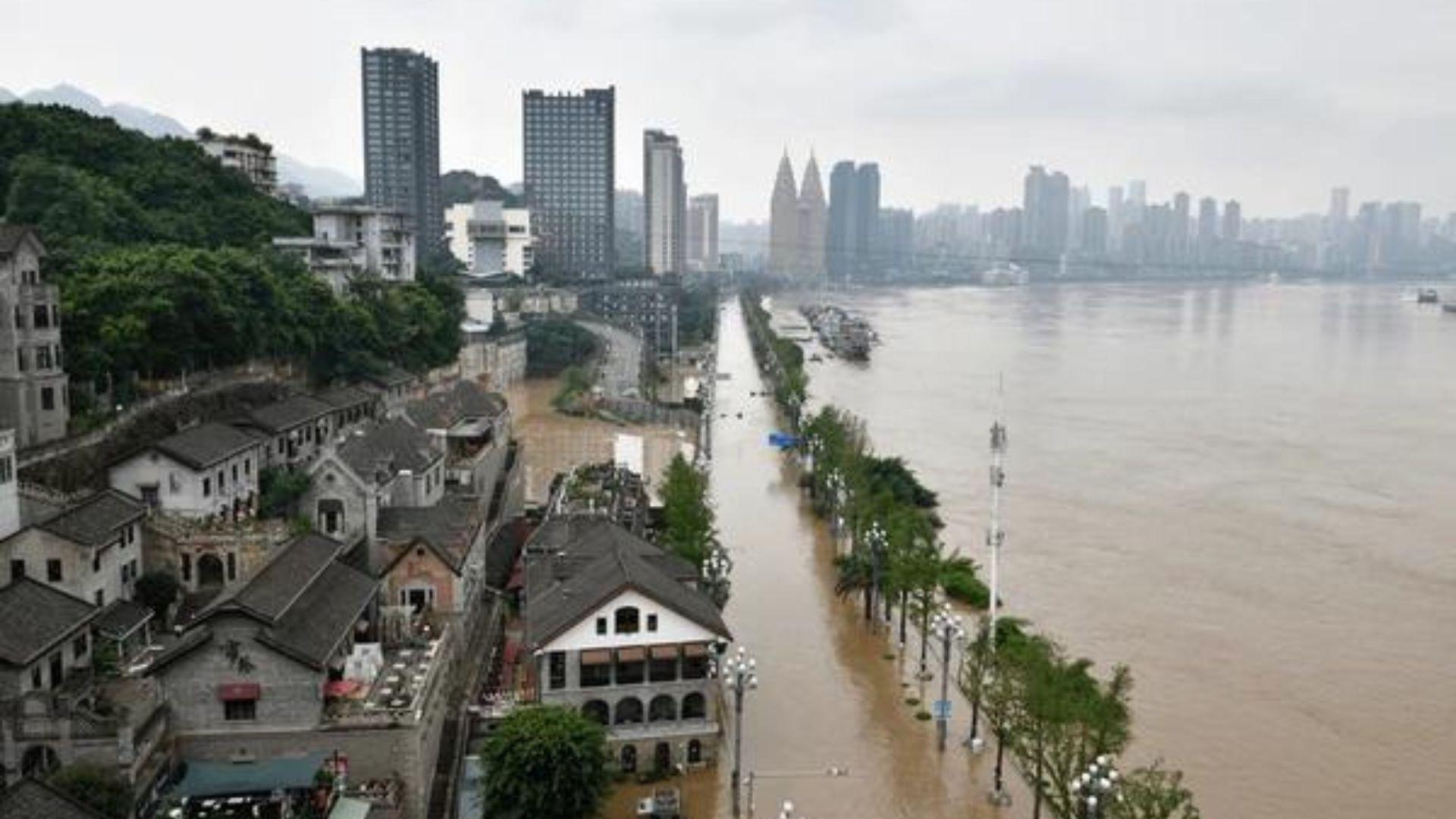
Source: Shutterstock
According to the study, it “will gravely impact populations in many low-lying areas like Vancouver, Florida, Bangladesh and low-lying Pacific islands, such as Tuvalu and the Marshall Islands.”
How Long Before Thwaites Melts?
During a final comment to USA Today, Rignot was asked how many years we have before the Thwaites Glacier melts at the current rate. His reply shocked many, as he worriedly explained, “It will take many decades, not centuries.”
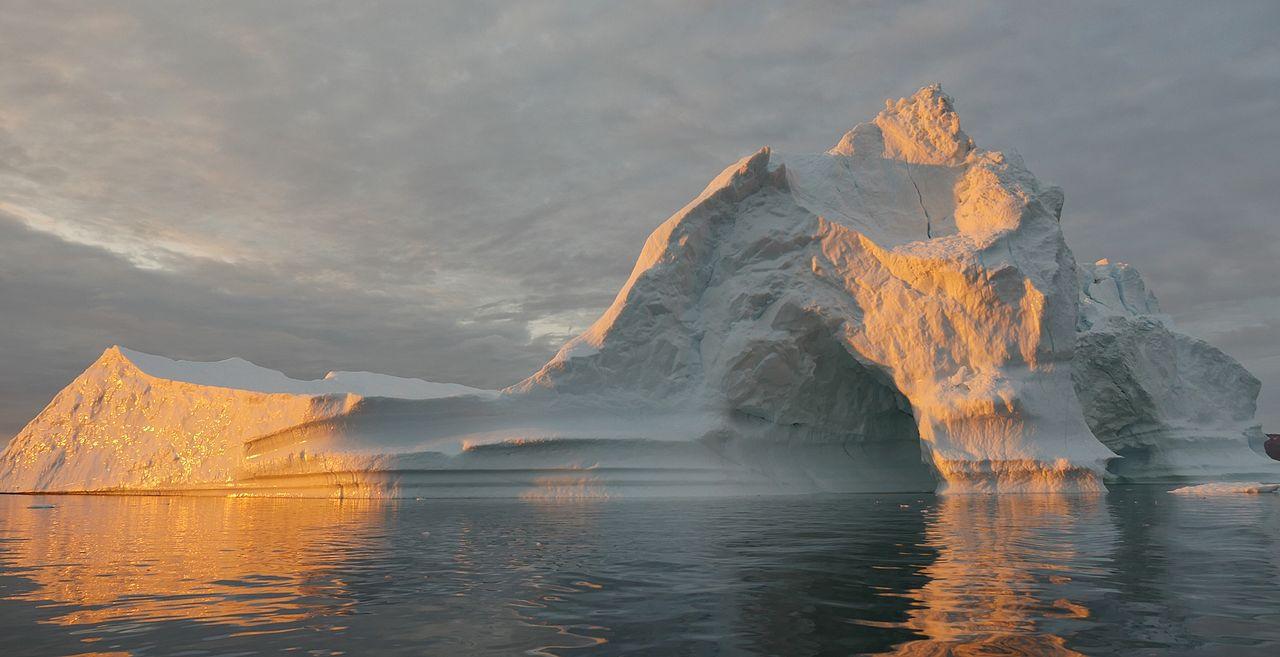
Source: Wikimedia
“Part of the answer also depends on whether our climate keeps getting warmer or not, which depends completely on us and how we manage the planet.”
